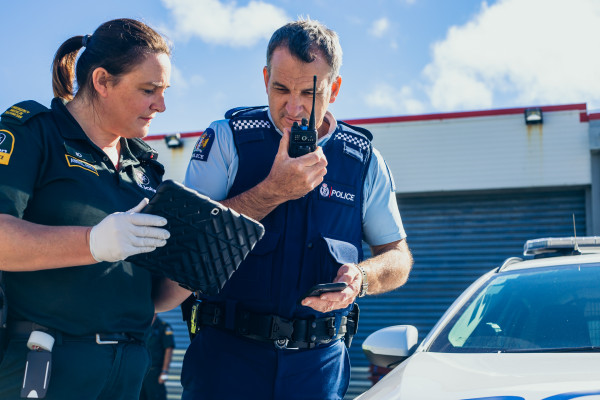Globally, emergency services are increasingly benefiting from the precise, rapid location information cellular technology can provide to help locate people in an emergency. These location information services have become a critical component of emergency response systems.
CALL 111 IF YOU NEED TO REPORT SOMEONE LOST OR MISSING
Emergency Caller Location Information
In New Zealand, when a person calls 111 from a mobile device, the emergency call-taker automatically gets information about their location. This is Emergency Caller Location Information (ECLI) and has been in place since 2017. Find out more here.
Device Location Information
When a person has not themselves called 111 but there are grave fears for their health or safety, emergency services can locate their mobile device, subject to rigorous safeguards and controls. This is Device Location Information (DLI) and has been in place from August 2025. Find out more here.

